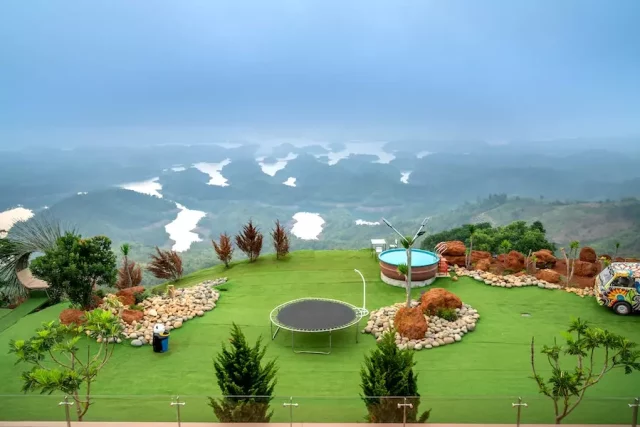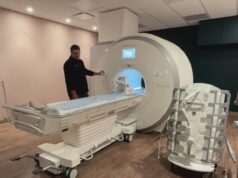Are you thinking of installing artificial grass in your home or business? If so, proper drainage is crucial to the success of your grass installation. In this blog post, we’ll discuss the importance of proper drainage and how it can help you avoid common problems associated with artificial grass.
Artificial Grass Needs Proper Drainage To Avoid Pooling Water And Creating A Breeding Ground For Mosquitoes
Artificial grass is a great way to reduce lawn-care maintenance, but even artificial grass needs proper drainage installed to keep standing water away. Pooling water on artificial grass surfaces can create a breeding ground for mosquitoes, which can be very detrimental to your well-being and that of your family. Make sure that when you’re installing artificial grass in Palm Bay, FL, you have professionals who understand the importance of proper drainage so that you can enjoy the full benefits of artificial grass without compromising your health and safety.
Poor Drainage Can Also Lead To The Growth Of Mold And Mildew, Which Can Be Harmful To Your Health
During installation, it is critical that artificial grass must be properly drained to avoid any issues down the road. Poor drainage can lead to the growth of mold and mildew, which can be harmful to your health. To ensure your artificial grass stays in good condition for years to come, make sure proper drainage is a top priority. Moreover, installing stormwater drainage pipes made from recycled materials will help reduce your environmental footprint, while extending the life of your artificial grass. With correct installation and maintenance, you can keep your artificial grass in pristine condition for years to come.
Proper Drainage Will Extend The Life Of Your Artificial Grass By Preventing It From Becoming Soggy And Matted
When it comes to artificial grass installation, proper drainage is key for the long-term health of your lawn. When your synthetic turf is not equipped with an efficient system of drainage, water runoff will remain in the area and cause your artificial grass fibers to become soggy and matted. This can lead to reduced traction and durability, as well as a decrease in the overall aesthetic appeal of your outdoor surface. Investing in a quality drainage system can save you from this unfortunate situation by relocating excessive water runoff into a strategic holding area. Regular maintenance of your artificial grass is essential, but proper drainage measures could potentially extend the life of your lawn considerably by keeping it dry, cool, comfortable, and looking its best for years to come.
There Are Several Ways To Ensure Proper Drainage In Your Artificial Grass Installation, Including Using A Perforated Liner Or Installing Drains Around The Perimeter Of The Area
Ensuring proper drainage is a crucial element of installing artificial grass to guarantee its longevity and resilience. There are many different methods to make sure your artificial turf has sufficient drainage; using a perforated liner, for example, can be effective in protecting the grass from pooling water or wetness. Additionally, by including drains around the perimeter of the area, you can provide an additional layer of protection against potential water accumulation. With these measures being taken during installation, you can ensure that your artificial grass will stay looking fresh and remain undamaged over a longer period.
If You’re Not Sure How To Properly Drain Your Artificial Grass Installation, Consult With A Professional Installer For Help
When it comes to installing artificial grass, proper drainage is essential to ensure long-lasting performance and satisfaction. Without the right drainage, you may find yourself dealing with water pooling or deteriorating turf. Therefore, if you are not familiar with the best practices for draining your artificial grass installation, it is highly recommended that you consult with a professional installer who can provide detailed instructions tailored to your specific space and needs. An experienced installer will be able to explain all the steps involved in providing the proper drainage while giving you peace of mind that your installation is in good hands.
In conclusion, proper drainage is essential for any artificial grass installation to ensure good health and the long life of your lawn. Without proper drainage, water can pool in one area, potentially leading to the growth of mold or mildew and creating a breeding ground for mosquitoes. Fortunately, there are several methods available to ensure good drainage in your artificial grass installation, such as utilizing a perforated liner or installing drains around the perimeter of the area. However, if you’re not sure how to properly drain your artificial grass installation, it’s best to consult with a professional installer who is familiar with drainage principles and can provide you with expert advice.














